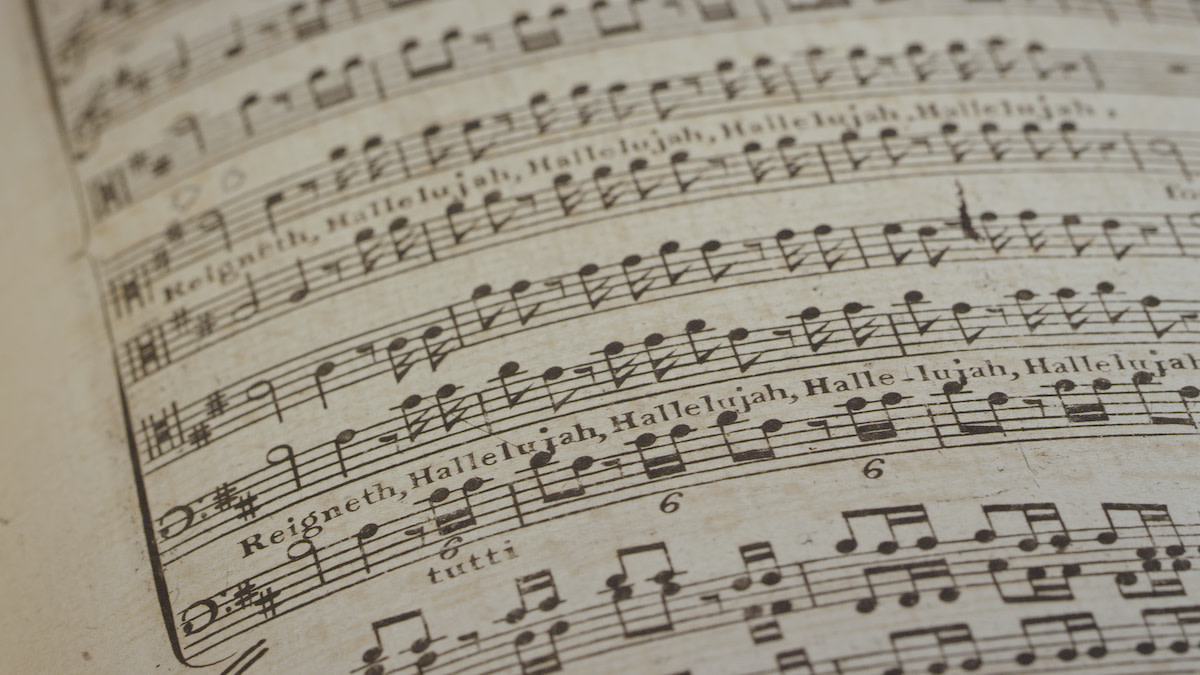Cantata Definition: What Is a Cantata in Music?
Written by MasterClass
Last updated: Feb 7, 2022 • 2 min read
A cantata is a classical music composition for solo vocalists and choirs.
Learn From the Best
What Is a Cantata?
A cantata is a musical composition for vocalists that includes instrumental accompaniment. This vocal composition is usually structured as a recitative (or sung speech) with an aria, a solo voice part, repeated in between. The word “cantata” originated in the seventeenth century and is a participle of the Italian word “cantare,” which means “to sing.” It first appeared in composer Alessandro Grandi’s songbook Cantade et arie a voce sola (Cantatas and Arias for Solo Voice).
Cantata vs. Sonata vs. Opera: What’s the Difference?
Cantatas and sonatas are both musical forms that can include multiple movements, but a cantata refers to vocal works, while a sonata refers to instrumental compositions. The aria structure of a cantata is indistinguishable from an opera scene, but cantata performances are shorter in length than staged operas with dramatic performances, sets, and costumes.
A Brief History of the Cantata
Beginning in the seventeenth century, the cantata was the predominant form of vocal chamber music. The cantata was popularized during the eighteenth century, and its form evolved throughout history:
- Origin as a form of madrigal: The cantata began as a form of the Renaissance madrigal, a secular vocal piece typically performed a capella. Baroque period canatas developed from compositions for soloists to compositions for duets and choir. The form became more complex, evolving into a recitative connected by da capo arias—a group of arias. Most cantatas were secular (cantata da camera or “chamber cantata”). Baroque composers such as Johann Sebastian Bach, George Frideric Handel, Alessandro Scarlatti, Dieterich Buxtehude, Giacomo Carissimi, and Philipp Telemann were some composers well-known for their cantatas.
- Sacred cantatas: Sacred cantatas (cantata da chiesa or “church cantata”) were also developed to be performed during liturgical services. The Lutheran church in particular started to adopt more secular church music styles during services.
- Vocal choral works: During the Classical and Romantic periods, the cantata came to refer to any vocal choral piece. Nineteenth-century cantatas were also generally more song-like, versus the lengthier oratorio, which was then generally defined as sacred choral music. Some of the composers who created cantatas during this time include Ludwig van Beethoven, Carl Maria von Weber, and Felix Mendelssohn.
- Modern cantatas: Contemporary composers create cantatas for chamber vocal groups, song cycles, and opera movements. In the twentieth century, the best-known cantata is Carl Orff’s Carmina Burana. Another notable contemporary cantata is composer Benjamin Britten’s 1963 Cantata misericordium, op. 69.
Johann Sebastian Bach’s Cantatas
J.S. Bach was the most prolific cantata composer with more than two hundred sacred cantatas and sixteen secular cantatas in his oeuvre, known as Bach-Werke-Verzeichnis (BWV). Beginning in 1723, Bach served as a choral director in Leipzig, Germany, where he wrote cantatas to be performed weekly for the city’s Lutheran church services. Bach further developed the cantata form to include chorales, which were hymns or psalms set to a four-part harmony with sopranos carrying the melody.
Notably, Bach did not call his compositions cantatas—he called his works concertos or odes. He called his longer canatas, traditionally performed over multiple services for the Christmas and Easter holidays, oratorios. That’s why cantatas are sometimes called short oratorios.
Want to Learn More About Music?
Become a better musician with the MasterClass Annual Membership. Gain access to exclusive video lessons taught by the world’s best, including Yo-Yo Ma, Itzhak Perlman, Questlove, Herbie Hancock, and more.
